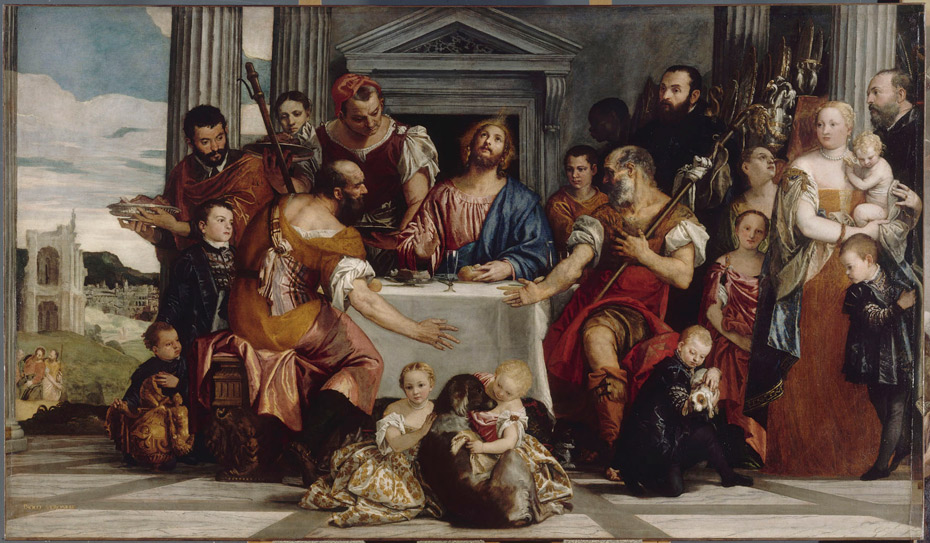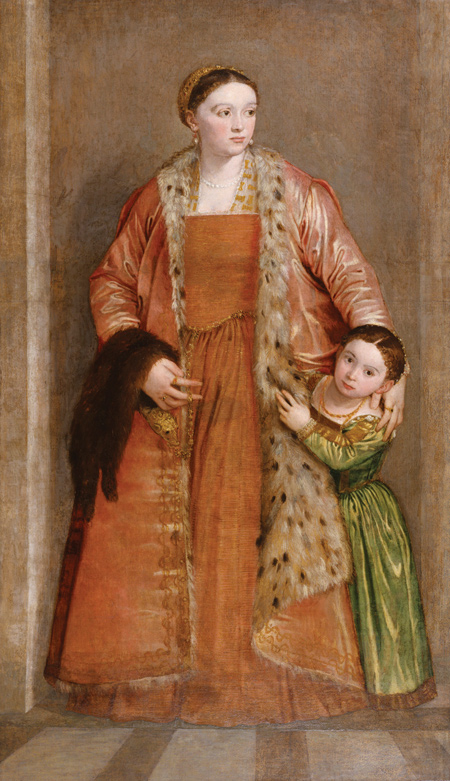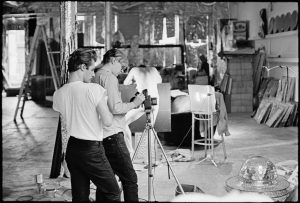Inspired by Veronese, William Kherbek argues the Renaissance painters represented the provocative modern artists of their day
Paolo Veronese
about 1555. Musée du Louvre, Paris (146)
Walking through the Veronese exhibition at The National Gallery, the profundity of the distance exerted by the intervening centuries from the late renaissance to the present is hard to ignore. An entirely plausible day out could involve walking from the ICA, where you’d see the paintings of David Robilliard, to the National Gallery for the Veronese show. That both men are considered major painters of their times provokes an almost instinctive reversion of L.P. Hartley’s famous opening line from The Go-Between about the past being a foreign country. For the kind of people who hate modern art, it’s the present that often seems more like a foreign country. Looking at Veronese is, in such a reading, to see paintings doing what they’re supposed to do, but it’s only now, in an age when fine art is increasingly relegated to the ghettos of connoisseurship and investment that paintings by someone like Veronese can be said to be behaving themselves.
Veronese’s works didn’t seem to be behaving themselves to the eyes of the inquisitors of his age. Summoned before the Holy Office of People with Too Much Time on Their Hands, Veronese was forced to explain why he was including things like drunkards, dogs, “buffoons” and even Germans in his paintings of Biblical scenes. Veronese told the Inquisitors that “I paint my pictures with all the considerations which are natural to my intelligence, and according as my intelligence understands them.” His response in many ways sums up the Renaissance project as masterly as his painterly works do. Though it would be hard to imagine a contemporary painter making work in a similar style and subject matter, Veronese’s understanding of the job of an artist could not be more contemporary.
“To approach the renaissance artists without the requisite reverence and seriousness of mind is, in some ways to appropriate the mindset of their repressors”

Paolo Veronese
1552. The Walters Art Museum, Baltimore, Maryland (37.541)
The works on show at the National include biblical scenes, the ‘Supper at Emmaus’ for instance, along with scenes of martyrdom, but it also includes classical subjects and allegories of everything from faithless romances to navigation. The works admirably reflect the breadth of the ways and purposes to which Veronese put his intelligence, even if a few low hangs seem to cut against the use of perspective in certain pictures—Veronese clearly understood the concept of “site specific” long before the term became fodder for satirical press releases. Perhaps by virtue of Veronese’s robust commitment to doing things his own way, a show that could have been drearily reverential becomes a surprisingly light summer show complete with smiling martyrs-to-be and milk fountaining from perky goddess breasts.
To approach the renaissance artists without the requisite reverence and seriousness of mind is, in some ways to appropriate the mindset of their repressors. They weren’t exactly the punk rockers of their day – though perhaps the Mannerist tendency with which Veronese work is often associated could plausibly be compared to hip-hop’s early use of sampling – the idea of the Renaissance as an institutional movement – or even as a conscious movement – is deceptive. The regional and aesthetic variations of the first and second waves alone were sufficiently diverse to produce artists as distinct from each other as Giotto and Donatello. Even to confine the works of Renaissance artists, masterly as they may be, to the sepulchre of High Culture is to miss the dogs and Germans and buffoons the artists themselves revelled in including in their work. People may have had the usual paroxysms of aesthetic rage and sneering contempt at Kanye West’s use of renaissance references in the video for ‘Power’ but the choice to integrate popular art and serious technique resonates with the deeper impetus of the Renaissance, the commitment to the vision natural to the intelligence of the artist. What could be more natural to Kanye World than women with angel wings, ibex horns, and sceptres floating beside The Man with Too Much Power in an infinite regress of Ionian columns? The renaissance lives. Somewhere a German buffoon is smiling.
Veronese: Magnificence in Renaissance Venice runs until 15 June at The National Gallery, London. Click here for tickets




